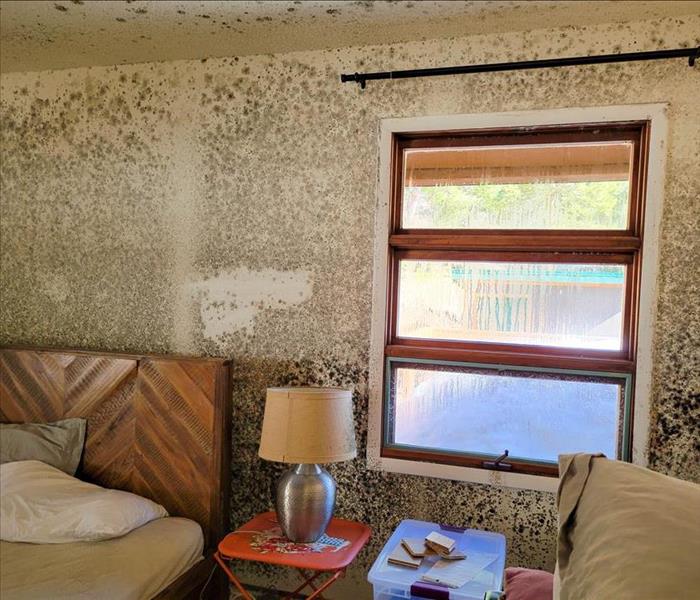What is the Difference Between Mold and Mildew? 5 Things You Need to Know
3/13/2024 (Permalink)
Ever wondered what's really lurking in your home? Mold and mildew might be more common than you think. This blog aims to unravel the mystery between these two pesky issues. Whether you're a homeowner, renter, or just curious about your living space, we're here to simplify it for you.
1. Appearance: Visual Identification
Distinguishing mold from mildew often begins with their appearance. Mold typically presents as fuzzy or slimy patches with various colors, while mildew tends to have a powdery texture, usually in shades of white or gray. A good eye for these visual cues is crucial in identifying mold and mildew.
2. Surface Penetration: Understanding Depth
Mold tends to be more invasive, penetrating surfaces with its root-like structures, making removal a bit more challenging. Conversely, mildew remains more surface-level, simplifying the cleanup process. Recognizing this depth difference helps in choosing appropriate remediation methods.
3. Preferred Environments: Moisture's Influence
Both mold and mildew thrive in moist environments, but they have distinct preferences. Mold flourishes in damp, humid spaces and can colonize various surfaces, including wood and drywall. Mildew, on the other hand, often gravitates toward flat, damp surfaces like bathroom tiles or shower curtains.
4. Appearance Timeline: Swift vs. Gradual
Mildew tends to make a prompt appearance, often within 24 to 48 hours of moisture exposure. In contrast, mold takes a bit more time, typically becoming visible within a few days to a week. Understanding this timeline helps with timely intervention.
5. Remediation Approaches
Effectively addressing mold and mildew requires tailored remediation approaches. Mildew can often be managed with household cleaning products, while mold may necessitate more robust cleaning agents. Additionally, fixing the underlying moisture source is crucial for both prevention and effective remediation.
In conclusion, distinguishing between mold and mildew is important. By recognizing visual cues, understanding their preferred environments, and employing appropriate cleanup methods, you can navigate these issues professionally and maintain a healthy indoor environment. Armed with this knowledge, you're well-equipped to address and prevent mold and mildew concerns effectively.

 24/7 Emergency Service
24/7 Emergency Service
